 Here is the third and final part of an email exchange between myself and former LIFE picture editor John G. Morris, who assigned photojournalist Robert Capa to cover the D-Day invasion on Omaha Beach, delegated the development of the films he sent back and the making of prints therefrom, and shipped the results to New York for publication in LIFE and distribution via a wire-service “pool.” (Click here for Part 1 or Part 2 of this Q&A.)
Here is the third and final part of an email exchange between myself and former LIFE picture editor John G. Morris, who assigned photojournalist Robert Capa to cover the D-Day invasion on Omaha Beach, delegated the development of the films he sent back and the making of prints therefrom, and shipped the results to New York for publication in LIFE and distribution via a wire-service “pool.” (Click here for Part 1 or Part 2 of this Q&A.)
This exchange began when Morris complained about the investigation here at Photocritic International of Capa’s actions and output on Omaha Beach on D-Day, the subsequent fate of his negatives, and related matters. I offered Morris the opportunity to respond, at whatever length he chose; he accepted the offer — A. D. C.
•
ADC: If, per my initial questions, the “magnificent eleven” constitute the entirety of Capa’s D-Day take, how do you explain the miraculous survival of those images alone in a small, contained space, so drastically overheated that it completely destroyed the emulsions on 3-1/2 other rolls of film?
JGM: First, who sarcastically called the surviving images “the magnificent eleven?” Certainly not I! In the shock of that darkroom moment I figured that Dennis was right, that heat had destroyed three rolls, without stopping to ask myself how the fourth roll, with the eleven images, survived. It was clear that the heat did not destroy the fourth roll, although we don’t know what if anything was on it beyond the eleven images.
It is no miracle that the eleven images on the 4th roll survived. They dried in a full-size gym locker, not in a “small, contained space.”
[The phrase “magnificent eleven” now gets commonly used for those negatives, without sarcasm — witness this uncredited excerpt from World War II magazine, this Daily Mail (U.K.) story from 2013 by Steve Nolan, and this Wikipedia entry. I can’t establish the date of its first usage, or the source — I actually hoped Morris could do so. Possibly it’s a reference to the 1960 John Sturges film The Magnificent Seven, based on Akira Kurosawa’s 1954 Japanese film Seven Samurai. If so, that would date it to sometime post-1960. On the other point, I think of a “full-size gym locker” with an electric heater inside it as a “small, contained space” for drying film. If it’s “no miracle” that 11 negatives survived “just a few minutes” of the heat therein, I can imagine no plausible explanation for dozens of other negatives suffering catastrophic damage in the same environment in the same short period of time.]
ADC: If briefly closing the doors of that drying cabinet with its “heating coil” could destroy film in minutes, why had the darkroom staff not taken the simple precaution of removing those doors?
JGM: The doors were on hinges, and normally kept open. Since we had never been on that kind of deadline, how could we have foreseen what could transpire if someone in the darkroom took it upon himself to speed things up by closing them?
It sounds to me as though you don’t know any more about “darkroom procedure” than I do. And how could anyone have imagined that some of the rolls would be simply blank?
[I have a darkroom in my basement, and have processed b&w film and prints in it. It includes a film-drying cabinet in which I’ve tested the possibility of emulsion melt. I’ve also spent considerable time in darkrooms watching others develop film and make prints. No one “normally” keeps the doors of a film-drying cabinet open when wet film hangs there; the whole point of the cabinet is to reduce the amount of dust that can adhere to the film while its gelatin-based emulsion is wet and tacky.]
ADC: How do you explain the fact that, with 5 darkroom staffers standing around as the films dried, knowing that you wanted contact sheets ASAP, no one noticed that Sanders/Banks had violated procedure and closed those doors, and no one checked on those films until the purported damage was done?
JGM: I was in my office, one floor above the darkroom, so all I can say is that the situation was unprecedented, and still is unique in history.
ADC: Whatever became of Dennis Sanders/Banks? Did he or Hans Wild — whom you also name as eyewitness to the “ruined” negatives — ever go on record corroborating this account? Or do we have only your word for it?
JGM: Dennis and Hans Wild continued working for Time/Life London for some time. As far as I know they never commented, certainly not in writing, on the events of that night.
[If (a) Capa’s 35mm films came in “simply blank,” save for the 11 Omaha Beach exposures, because Capa overexposed or underexposed them or “simply forgot to remove the lens cap,” and (b) the inexperienced 15-year “darkroom lad” Dennis Banks assumed, or got let to believe, that he’d ruined them by briefly closing the doors of the drying cabinet, and (c) Morris took that at face value without actually seeing any melted emulsion, then Morris didn’t actually make up the melted-emulsion story — though he’s worked assiduously at spreading it ever since. In which case I retract my accusation that Morris concocted this story to protect Capa’s reputation, and apologize for it. Unfortunately, with the evidence — those “blank” rolls of film — trashed on the spot, and no recorded testimony from Banks or Wild to support Morris’s account, there’s no verifying it. I find myself struck by the locution “certainly not in writing.”]
ADC: Be that as it may, we know from Capa’s caption notes that three of those “ruined” rolls contained only stock shots from aboard the Chase. Why, knowing as you do that Capa sent you only one roll of 35mm film from Omaha Beach, have you never spoken out to correct the false claim by Richard Whelan, Cynthia Young, and many others that he’d made 106 exposures of the battle, 95 of them lost in the supposed drying-cabinet disaster? Many of the interviews with and profiles of you repeat that claim, so you’ve had ample opportunity to contradict it.
JGM: As I have said above, Capa wrote captions only for the pictures he took before the landing — i.e. on the Chase. Whelan was obviously mistaken in thinking those captions concerned the four rolls of the “action.” For years I thought, like Whelan, that we had lost three rolls of “action,” totaling 108 frames. I don’t know how Whelan got the figure 106, although Cynthia Young and others seem to have followed his assumption.
[Since the caption notes make it clear that Capa had made three of the four 35mm rolls he sent to London aboard the Chase en route to Normandy, Capa’s own claim of 106 Omaha Beach images, and the conclusion by Morris, Whelan, and others that there were “three rolls of ‘action,’ totaling 108 frames,” remain unexplained, though patently false.]
ADC: How do you explain your collaboration with Magnum In Motion, the ICP’s Capa Archive, and TIME in the production of the recent video that incorporates faked versions of Capa’s “ruined” negatives? TIME has acknowledged this breach of journalistic ethics and corrected the video. How did you allow this forgery to go out with your voiceover and your implicit stamp of approval?
JGM: I was never asked to collaborate with “Magnum in Motion.” As for the TIME video, I told my story as usual. It appears now that my “standard” story, based on what Dennis said that night in the darkroom, was incorrectly founded. It appears now that I was simply mistaken about the “melting.”
[Magnum In Motion, the media division of Magnum Photos, the picture agency co-founded by Capa, produced that video for TIME. So the collaboration’s undeniable. In his preface to these answers to my questions, Morris asserts that he never saw the finished video, but provided only a recorded voiceover for it. Taking him at his word, I apologize again for assuming that he approved the published version.]
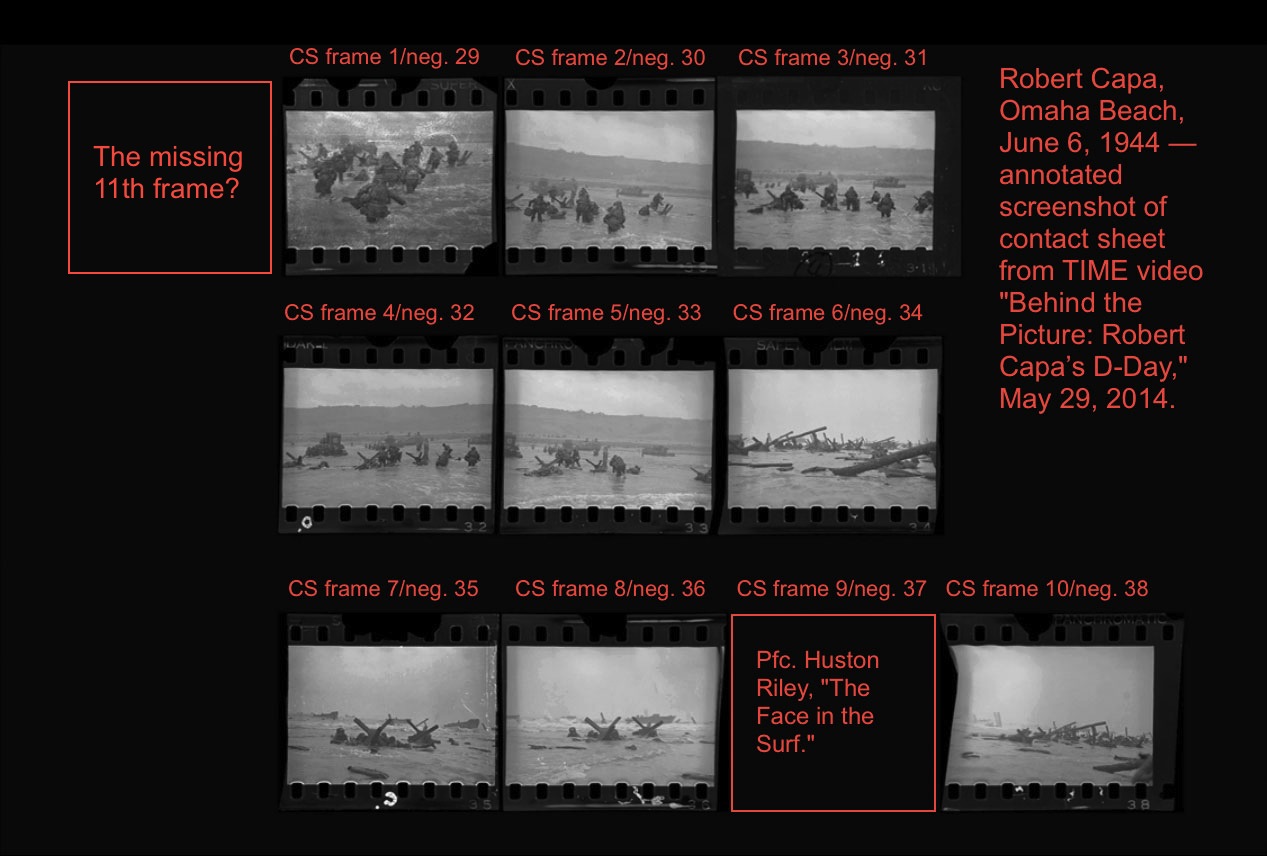
Robert Capa, D-Day images from Omaha Beach, contact sheet, screenshot from TIME video (May 29, 2014), annotated.
ADC: You write in your email, “You even have the nerve to say that Capa didn’t do his job.” If a picture editor sends a highly reputed photojournalist (who volunteers for the job) to cover a battle that promises to be the turning point in a war, or if a print editor sends a journalist to do the same, and said journalist leaves the battleground after 25 minutes, comes back with only fragmentary glimpses of the early part of the battle, and then returns to the now-quiet battlefield instead of rushing his account into the editor’s hands, thereby forcing a deadline crisis, I consider that photojournalist not to have performed up to professional standards. Do you disagree?
JGM: I think historians totally disagree with you when you say that Capa didn’t do his job. Witness the praise, from the editors of LIFE. Witness the fact that Capa’s pictures, distributed that Wednesday night by the wire services, made front pages throughout the world. Witness the fact that General Eisenhower presented Capa with the Medal of Freedom. Capa succeeded in making what the pool required for newspapers — dramatic “first pictures,” which we delivered ahead of the “official” Army Signal Corps and Navy Coast Guard photos, but also in sufficient quality to make the seven pages of the lead story in LIFE.
[I stand by my opinion as published. I welcome comments on these matters from professional photojournalists and picture editors.]
ADC: In Slightly Out of Focus Capa tells us that on the ship coming back from Normandy he berated himself for his cowardice in running away from the battle, indicating that for that reason he returned immediately to Normandy. This suggests that he himself didn’t feel that he had fulfilled his assignment — and a mere 11 exposures total bears that out. The fact that you heaved a sigh of relief when LIFE‘s home office approved the meager cluster of 11 images from Capa that you sent to New York suggests that you yourself lacked conviction that he had “done the job.” How often have you accepted such skimpy results from so truncated a time spent on the scene from a photographer you’ve assigned to cover a major story?
JGM: And I totally disagree with almost everything you say here. I am willing to bet that 9 out of 10 journalists, certainly the likes of David Duncan and Don McCullin, would disagree with you. If Capa had stayed on he would likely have come back a corpse. Thank God that he promptly returned to England with his films. If he hadn’t we probably also would have missed our deadline.
[Combat photography, by its nature, involves the risk of injury or death. Those who accept such assignments, and their editors, don’t normally use that fact to justify leaving the battlefield after just a few minutes; this may be a first. Roughly 93 percent of those who landed at Omaha Beach on June 6 got in without a scratch. Easy Red, where Capa came ashore, accounted for a total of 63 U.S. casualties in the first few hours of the invasion (21 dead and 42 wounded), out of the 400 or so troops who landed in that sector. Moreover, “Medical services advanced so much that one in four casualties returned to the battlefield after treatment, remarkable for 1944,” according to “D-Day: Exploding the myths of the Normandy landings,” the June 5, 2014 CNN report by James Holland. With no obligation to put himself at risk beyond staying put and witnessing, Capa had higher odds of survival than anyone there. As for meeting the deadline, the battle at Omaha Beach was effectively over by noon; if Capa had remained to see it through, that would have left ample time for him to return to London and put his films directly in Morris’s hands by the afternoon of June 7, hours earlier than they actually arrived.]
I am sending copies of this to those whom I believe are concerned in some way by your accusatory comments on your blog: Cynthia Young; Marie Brenner; Ross Baughman; Mark Lubell and Brian Wallis for ICP; David Kogan and Martin Parr for Magnum; Susan Meiselas for the Magnum Foundation; Paul Moakley for TIME magazine; Bobbie Baker-Burrows; Robert Stevens; Stuart Alexander; James Estrin for The New York Times Lens blog; Donald Winslow for NPPA; Robert Pledge, who edited my most recent book Quelque Part en France; and Stephen Perloff for Photo Review, whose hard-to-hear questions at ICP on June 24 I apologize for not more fully answering.
Sincerely,
John G. Morris
•
I emailed Morris a few follow-up questions, intended mostly to pinpoint the actual appearance of the variously “blank,” “pea soup,” “clear” films and specifics of the film-drying cabinet. He replied, on July 26,
Dear Allan,
I have no further interest in continuing this conversation unless you retract your false accusations and publicly apologize.
John
Absent the provision of any further hard evidence supporting Morris’s assertions, I’ve embedded the only retractions and apologies I intend to make within this exchange as published here.
(For an index of links to all posts in this series, click here.)
•
This post supported by a donation from Prof. Andrew Szegedy-Maszak, Dept. of Classical Studies, Wesleyan University.


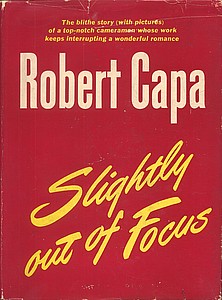
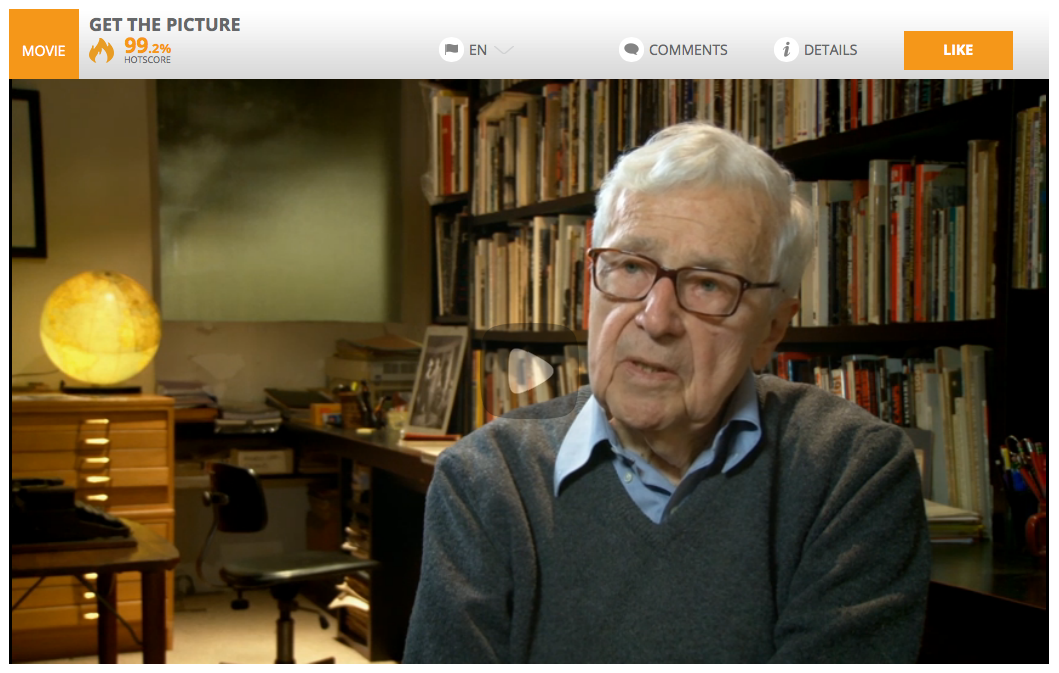
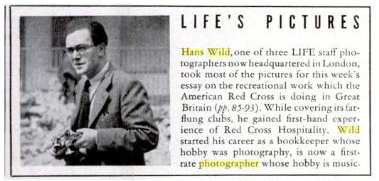
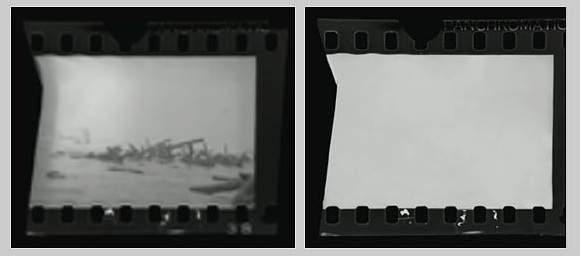
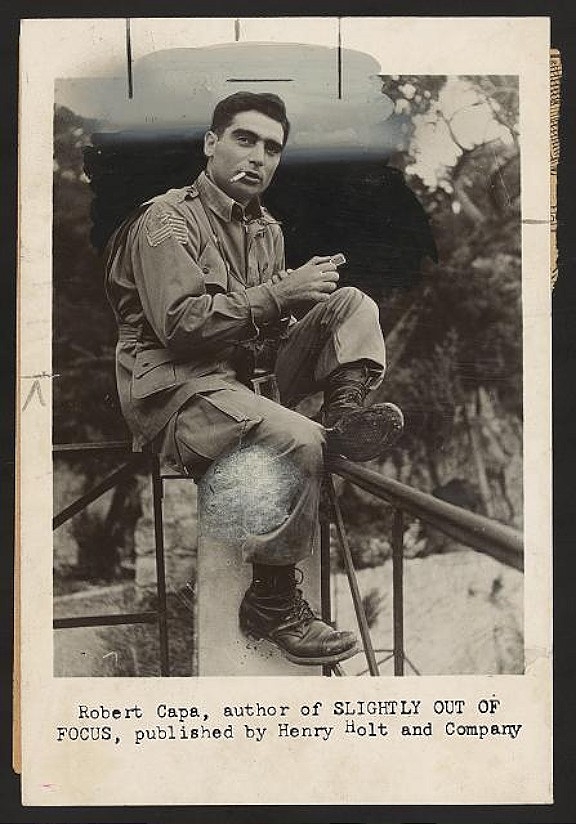
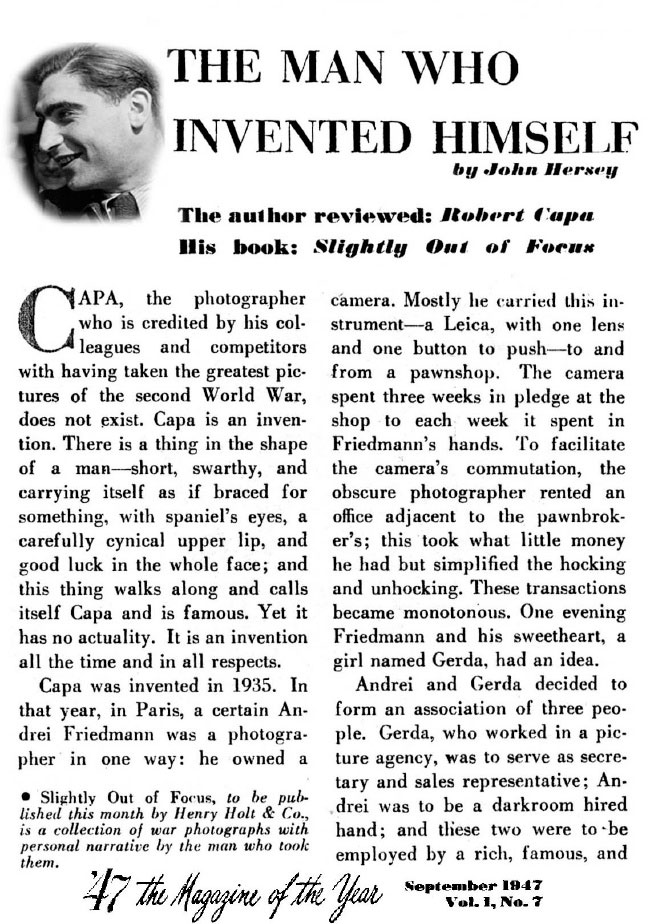




Dear Mr. Coleman,
I greatly admire your efforts to find the truth about the Capa images made during his stay at the Normandy beach.
I am generally in agreement with your findings and inferences.
One thing is still bothering me. If it is true that Capa shot only a handful of pictures on one film, he must have known this fact.
Why then did he send four rolls of film to the lab? He must have known that the lab was a dedicated and professional lab that would have developed his rolls carefully ad professionally.
Then the lab personnel would see that at least three rolls would be blank (unexposed). Why should Capa then send four rolls? He could not have foreseen that the lab would ‘mishandle’ the films.
Might it be possible that he indeed thought that he had exposed four rolls of film?
Erwin Puts
Dear Mr. Puts:
Thanks for your encouraging words re this investigation.
The evidence suggests that while Capa certainly knew he’d exposed less than a single roll of 35mm film at Omaha Beach, he had (or believed he had) exposed an additional three rolls — and perhaps the blank portions of the Omaha Beach roll — on June 4 and 5, while making images of the troops boarding the U.S.S. Chase, watching the armada travel toward Normandy, and relaxing before the battle.
His caption notes indicate clearly what he thought he’d registered in those negatives. Though John Morris’s description of what he saw on the developed films in the LIFE darkroom remains frustratingly imprecise, it seems likely now that Capa “left his lens cap on” (Morris) or, by mis-setting his aperture and/or shutter speed, either severely underexposed or severely overexposed those negatives, resulting in “blank” film (Morris’s term).
The images Capa thought he made on those films would have served LIFE and the wireless press pool as background “human interest” material. As Morris writes, “The images made aboard the Chase were definitely secondary, as Capa well knew, but he shot them from a sense of journalistic responsibility, and captioned them.” So he submitted those four rolls of 35mm film in good faith, thinking he’d registered images on all of them. But he’d exposed only a portion of one of them on Omaha Beach, and would have expected that fact to come to light. Which may explain his immediate return to Normandy.
Dear Mr. Coleman,
As it seems to be true that Capa shot the 3 rolls while being on the Chase, I find the explanation for the blank film (the lens cap, the over-and/or under exposure) rather unconvincing.
Even if it might be true that Capa left the lens cap on during the first film, removing the film and reloading the camera needs removing the full back cover of the camera. While this can be done with the lens part away from the photographer, it is most likely that you will turn the camera around and than you would have noticed the lens cap.
It is also strange that Capa who never missed a shot and always had removed the lens cap (as every photographer would have done as a routine act in those days) would have now forgot to do so. The circumstances on the ship were not so stressed as to add the stress factor as an argument.
It is even more strange to think that he left the lens cap on while reloading the camera at least twice. Over exposure is not an option: the film would be dense or at least show some development artifacts. Under exposure might be the case, but again, any experienced photographer would hear the sound of the shutter and the Contax shutter is not a loudness one.
Capa must have heard the sound of the fast shutter speeds. I have used a Contax IIa myself and it was my habit to look at the shutter speed dial quite often during shooting to make sure the correct speed was selected.
I agree with your reasoning.
Research I’ve conducted starting this month points to an explanation that I think will satisfy you and others, though it does so from an entirely unexpected angle. I don’t want to present this until I can prove the case convincingly, even to the most skeptical, so you’ll have to wait till September for me to put this into coherent form.
Erwin,
Yes, I think the suggestion that the films were overexposed is untenable. Morris talks about ‘clear film’, which would indicate underexposure, which seems much more likely, and I think the suggestion about over-exposure only really arises from the fake frames produced from the video.
Unfortunately in relatively low light situations like those on the journey across the channel it would be only too easy to underexpose film, and in the days before accurate exposure meters we often did so – certainly I did before I got a truly accurate meter,
Peter,
Morris never actually uses the term “clear film.” In his standard version of this story, and its variants, he uses such impressionistic descriptions as “gray soup,” “pea soup,” “gray mud,” “blank,” “nothing to see,” and “nothing.” In this Q&A, for the first time, he proposes that Capa “simply forgot to remove the lens cap”; that would explain underexposure (actually, unexposure) of 3-2/3 rolls. My follow-up questions to him, which he refused to answer, sought to pin him down more precisely on what he actually, literally saw on those films.
The possibility of overexposure arose from seeking some explanation for negatives appearing consistently as “gray soup,” pea soup,” “blank,” etc. — all of which imply the visible presence of exposed and developed emulsion without any image content. Magnum In Motion’s fake negatives constitute a ham-handed visual attempt to match Morris’s description, but even if they’d never made that video the description would still require analysis.
Neither the indoor nor the outdoor situations in which Capa worked en route to Normandy would explain catastrophic and consistent underexposure of what we now know was Super XX film. Capa made successful images on 120 film of many of those same scenes, with his Rolleiflex, and a few on 4×5 film with his Speed Graphic.
All of this qualifies as moot. In September I will present hard evidence (not hypotheses) proving what happened to Capa’s D-Day films.
Perhaps for your next fund-raiser you could print up t-shirts with the legend “Who was Dennis Banks?” I might buy one.
Nicholas Altenbernd
“simply mistaken about the melting”… admission of what really happened now that irrefutable forensic evidence is publicly known …”The doors were on hinges, and normally kept open … how could we have foreseen what could transpire if someone in the darkroom took it upon himself to speed things up by closing them?”… doors to drying cabinets are NOT kept open, because constant temperature would not be maintained, dust would get on wet negs etc., so why have doors at all if not needed? … “It sounds to me as though you don’t know any more about “darkroom procedure” than I do.” … admission of ignorance of darkroom/film technology by LIFE editor just upstairs from the darkroom …
HUH? 70 years of blissful ignorance? Bullshit…. Morris’s continued claim of having not even the most rudimentary knowledge of photography production is ridiculous. LIFE did not hire amateurs for such critical management jobs, ever! “And how could anyone have imagined that some of the rolls would be simply blank?”… indeed … How could Morris dare to imagine that his golden boy had F-up the most important assignment of both their careers?
It’s more like this: Morris’s career was on the line even more than Capa’s. He could/would have been canned for this screw-up if it was discovered that Capa panicked under fire and bailed, and Morris held responsible for hiring him, so finding a lowly fall-guy to blame with a phony technical failure was the only way out, and both he and Capa could appear magnanimous by not letting the kid get fired. “simply blank” is a dead giveaway … only improperly exposed frames come out blank directly from the developing tank and go into the drying cabinet blank … meaning that as soon as the film was developed, lab technicians knew the photog screwed up and also knew that their development was OK since 11 frames were perfectly fine … thus the story cooked up did not come from the lab.
Morris did some fancy footwork to cover his and Capa’s asses. The only apology required is from Morris for misleading the entire profession for 7 decades.
P.S. Between 1989-1993, I worked for two of the top professional black & white labs in London, Joe’s Basement and Stoneapple, and subsequently represented professional British and American photographers in the UK market. I have spent countless hours in the darkroom, both at work and at home, since I’ve been married to two professional photographers. In the US, I was the executive director of City Without Walls, a contemporary art gallery, and in Denmark served as Assistant Director of the Fotografisk Center, Copenhagen’s only public gallery devoted to photography.
It would be nice if Morris answered this question precisely. He got four rolls and captions for four rolls, and three contained images made on the Chase and not on the battlefield. Are these not the same three rolls of lost “action” images? The number 106 or 108 isn’t the point. It’s whether or not there were ANY more images of the battle. Why does Morris still not acknowledge this? Obviously Capa was very brave to go over there, and no one is going to say otherwise, but why not set the record straight?
ADC: Be that as it may, we know from Capa’s caption notes that three of those “ruined” rolls contained only stock shots from aboard the Chase. Why, knowing as you do that Capa sent you only one roll of 35mm film from Omaha Beach, have you never spoken out to correct the false claim by Richard Whelan, Cynthia Young, and many others that he’d made 106 exposures of the battle, 95 of them lost in the supposed drying-cabinet disaster? Many of the interviews with and profiles of you repeat that claim, so you’ve had ample opportunity to contradict it.
JGM: As I have said above, Capa wrote captions only for the pictures he took before the landing — i.e. on the Chase. Whelan was obviously mistaken in thinking those captions concerned the four rolls of the “action.” For years I thought, like Whelan, that we had lost three rolls of “action,” totaling 108 frames. I don’t know how Whelan got the figure 106, although Cynthia Young and others seem to have followed his assumption.
I’d hoped for straight answers myself. Were I a lawyer, and this a courtroom, I’d describe much of what Morris writes as “non-responsive,” and ask the court’s leave to treat him as a hostile witness. Under the circumstances I’ll take what I can get, and Morris reveals more here than ever before — some of it perhaps unintentionally. In Part 1 of this Q&A he does state, albeit reluctantly, “It now seems that those eleven frames probably constitute the entirety of Capa’s Omaha Beach take.”